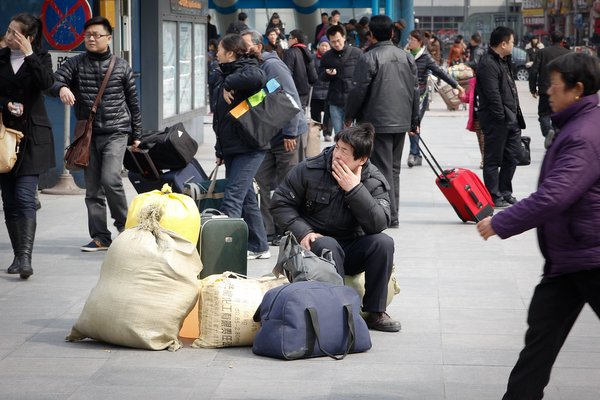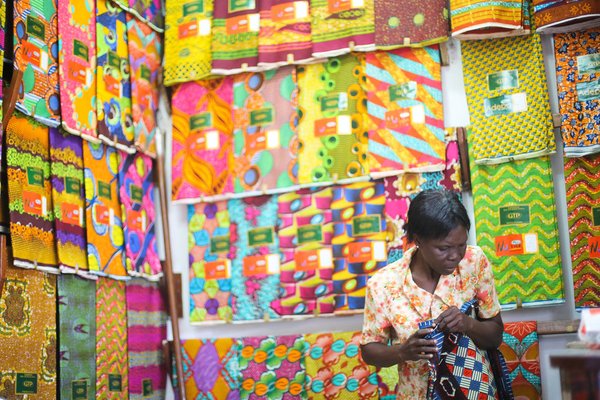
Obuasi Market in Ghana. Photo by pius quainoo on Unsplash.
This article was published via the International Migration journal. Please find the original posting here.
Abstract
The sedentary bias that characterizes discourses on migrations from and within the Global South has failed to inform a consistent exploration of international migration from and among global southern countries as normal, desirable and impactful to migrants and their social networks at different spatial levels. Migration-development nexus analyses are predominantly framed around Global South-Global North migration episodes whereby cash and social remittances from the North to the South are expected to trigger development in poorer global southern origin countries. This approach neglects the possibility of similar outcomes accruing from south-south migrations. Drawing on qualitative research methods among Ghanaian migrants to China, our paper addresses the question how does south-south migration affect livelihoods and wealth inequality? We argue that blunt global categorizations such as “Global South” and “Global North” only serve to obfuscate what is a rather heterogenous bunch of countries, with divergent opportunities for migrants. We recommend that greater focus should be on the contextual factors at the origin and destination, the quality of return preparedness and the human capital of the migrants rather than an arbitrary clustering around a binary Global South-Global North trajectory as though they are internally homogenous. We conclude that there is heterogeneity in the effects of south-south migration on household livelihoods and wealth inequalities.



